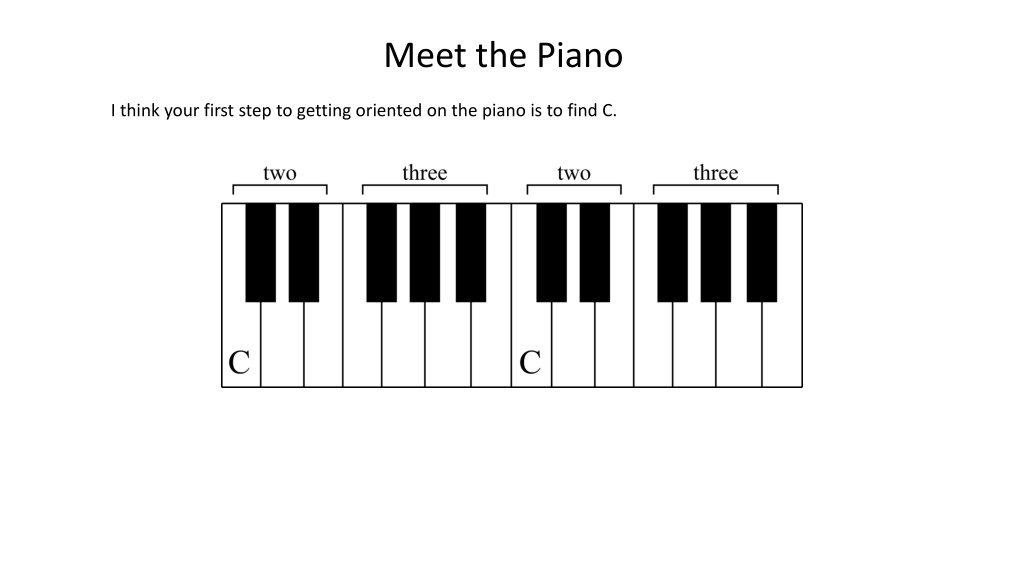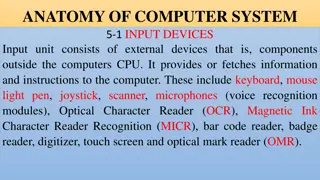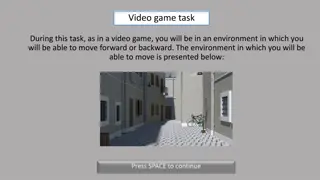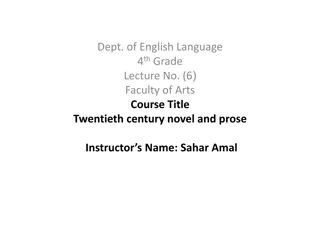
Discovering the Basics of Piano Notes and Enharmonic Equivalence
Explore the fundamentals of piano notes starting with finding C, understanding how to navigate to other notes, and learning about enharmonic equivalence for both black and white keys. Sharpen your knowledge through in-class exercises to identify different notes on the piano.
Download Presentation

Please find below an Image/Link to download the presentation.
The content on the website is provided AS IS for your information and personal use only. It may not be sold, licensed, or shared on other websites without obtaining consent from the author. Download presentation by click this link. If you encounter any issues during the download, it is possible that the publisher has removed the file from their server.
E N D
Presentation Transcript
Meet the Piano I think your first step to getting oriented on the piano is to find C.
The white keys on the piano and the plain notes on the staff give us the basic music letter names.
In order to get the other notes we need sharps and flats! pulls notes down sharp pushes notes up flat
It follows that each black key can be approached from two different directions and given two different names. This phenomenon is called _______________________.
It follows that each black key can be approached from two different directions and given two different names. This phenomenon is called enharmonic equivalence.
Whole Steps and Half Steps A half step is any two adjacent keys on the piano.
A whole step equals two half steps. Skip over a key and go to the next.
IN-CLASS EXERCISE #1: What note is a half step below A ? #2: What note is a whole step below E ? #3: What note is a half step above E? #4: What note is a whole step above B? #5: What note is a whole step below D ? #6: What note is a half step above G ?






















